Asian palm civet cats, known in the scientific world as paradoxus hermaphroditus but more commonly as palm civets, civet cats or luwaks, are small mammals native to Southeast Asian nations like Vietnam, the Philippines and Indonesia. Palm civet cats weigh 4-10 lbs and are normally less than 2 feet in length, making them comparable in size to a domesticated house cat with shorter legs, a long, pointed muzzle and a long tail like a monkey.
They’ve been described as “house cats who’ve been painted to look like zebras,” though not all of them have stripes, and if they do, those stripes are certainly not as well-pronounced as those on a zebra. In fact, they’re not even felines at all—they’re merely called civet cats because they’re similar in size and shape to domestic cats. Palm civet cats live in forests, where they climb trees, hunt for food and live a largely nocturnal lifestyle, spending nearly the entire day asleep and coming alive during the hours of about 6 p.m. to 4 a.m.
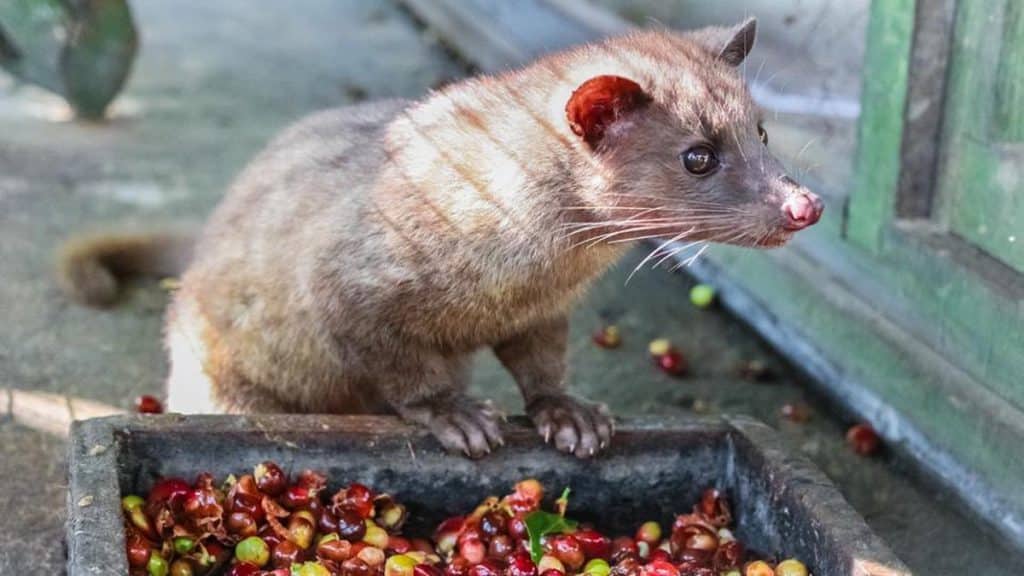
The Asian palm civet cat is nothing short of adorable.
The Lifestyle Of Asian Palm Civet Cats
Palm civet cats are not very social animals. They are loners who mark their territory definitively and only socialize when it comes time to mate, when a male and a female palm civet cat will meet for somewhere between a day and two weeks. The female palm civet cat normally gives birth to two litters of kittens per year, with 2-5 kittens per litter. Those kittens open their eyes about eleven days after being born, and take about three months to grow to adult size. A year after being born, they’re ready to reproduce themselves.
Wild civets live for 15-20 years on average, assuming their lives aren’t cut short by predators. Depending on where it is living—though they prefer jungles and forests, palm civet cats can also be found in farmland and semiurban areas—those predators include lions, tigers, large snakes, and even crocodiles.
What Do Asian Palm Civet Cats Eat?
Asian palm civet cats are omnivores, which means they eat both animals and plants. Their diet consists of pulpy fruits like mango, chiku and rambutan, as well as insects, small mammals, lizards, small snakes and frogs. Whenever they can, wild civets like to snack on palm flower sap, the same sweet liquid that Indonesian people ferment and turn into the local alcoholic beverage arak, which is also called toddy. As a result, some call the palm civet cat “toddy cats.” Palm civet cats are seen as highly beneficial members of the forest ecosystem, as their diet and frequent movement helps to disperse seeds throughout the forest.
Coffee lovers have taken a keen interest in one of those movements in particular. Believe it or not, the primary reason that the palm civet cat is so well-known is simple: it poops out one of the rarest and most highly-desired coffees in the world. Most people know it as kopi luwak.
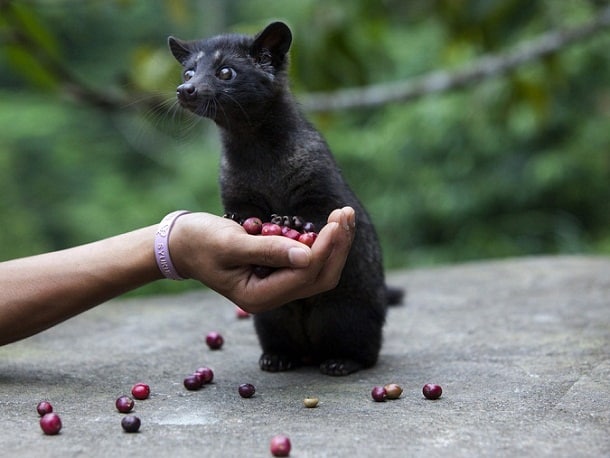
Civet coffee, also known as kopi luwak or cat poop coffee, is known to be some of the tastiest and the healthiest coffee in the world.
Kopi Luwak
Kopi luwak is a rare coffee bean that occurs naturally in Indonesia. It’s sometimes known as “civet coffee” or “cat poop coffee,” since every kopi luwak bean has been eaten, digested and defecated by the palm civet, a small mammal native to that part of the world. While it may sound odd to brew something that’s already been eaten by an animal, some extraordinary benefits of kopi luwak have been discovered in recent years.
Why Is Kopi Luwak So Good?
Kopi luwak is not only less acidic than regular coffee, but it tastes less bitter, too. There are a number of reasons for this, all of which stem from the unique fermentation process that occur when the coffee bean is digested inside the civet cat.
First, the palm civet cats have a keen sense of which coffee cherries are the tastiest, which means the beans they leave behind are at their absolute best.
Second, a cup of kopi luwak has about half the caffeine of a cup of regular coffee, and since caffeine content has a large effect on coffee’s bitterness (more caffeine = more bitter), kopi luwak comes out well ahead.
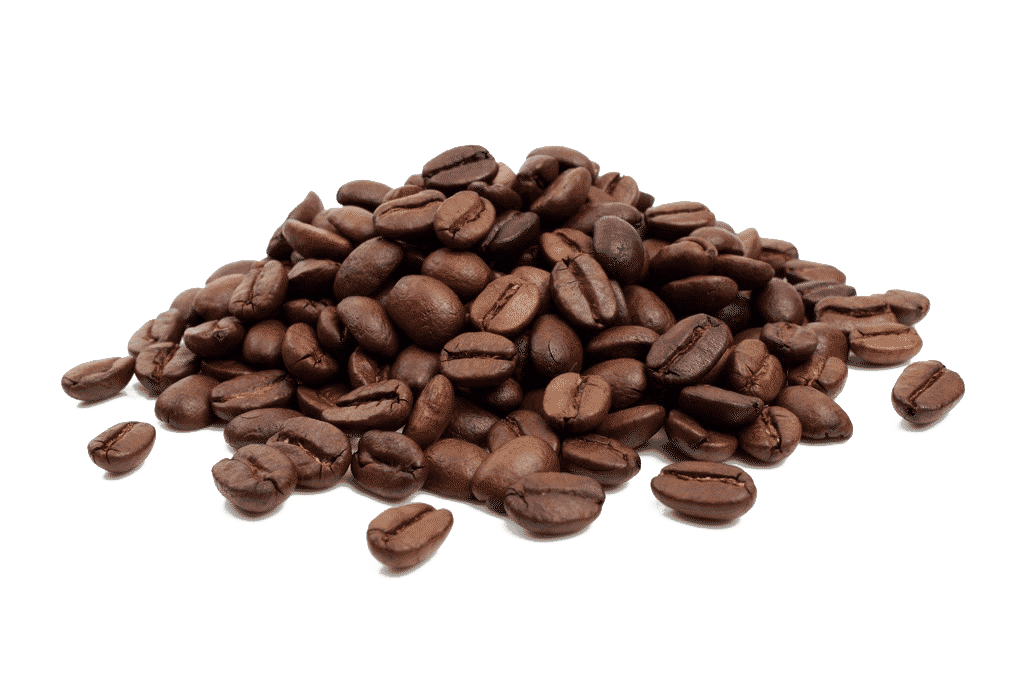
Kopi luwak beans are known to be some of the tastiest in the world.
Third, high protein content also makes coffee taste bitter, but because many of the proteins in the coffee bean are broken down and leached out of the bean as the civet digests it, kopi luwak is probably the least bitter of any coffee you’ll try. Instead, many people describe the taste of kopi luwak as earthy, syrupy, smooth, and rich with chocolate and jungle undertones.
On top of all that, every coffee connoisseur knows that wet processed or fermented coffee beans are of higher quality and superior flavor than dry-processed beans. Numerous studies have shown that in wet processing arrangements, lactic acid bacteria are the preferred method of fermentation; lactic acid also happens to be the major colonizing bacteria in the civet’s digestive system. It’s a match made in heaven.
The History Of Kopi Luwak
The history of kopi luwak is certainly an interesting one. Coffee plants were first introduced to Indonesia by the Dutch commander Adriaan van Ommen in 1696. Van Ommen was coming from India, and he brought the plants to Batavia (present-day Jakarta), the former capital of the Dutch East Indies, on the island of Java. The name stuck.
The plants, however, did not, and they were all wiped out in a flash flood before they could be truly appreciated. In 1699, Dutch colonists from Ceylon (present-day Sri Lanka), which was also a Dutch colony at the time, brought more coffee plants and tried sparking an industry yet again. This time it worked, and a decade later, the Dutch were exporting coffee to Europe. The coffee trade was a hit—Europe couldn’t get enough “Java.”
Kopi luwak came in response to such sizzling demand. Since the export trade to Europe was so lucrative, the local farmers working the crops were not permitted to take any of the coffee beans they were harvesting for themselves. But they found a loophole: if they came across beans that the palm civet cat had already digested, the Dutch were indifferent. Why would anyone want palm civet cat waste?
After cleaning, processing and roasting the defecated beans, the locals brewed up this unusual drink and found it to taste far superior to what the Dutch were exporting. Kopi luwak was born.
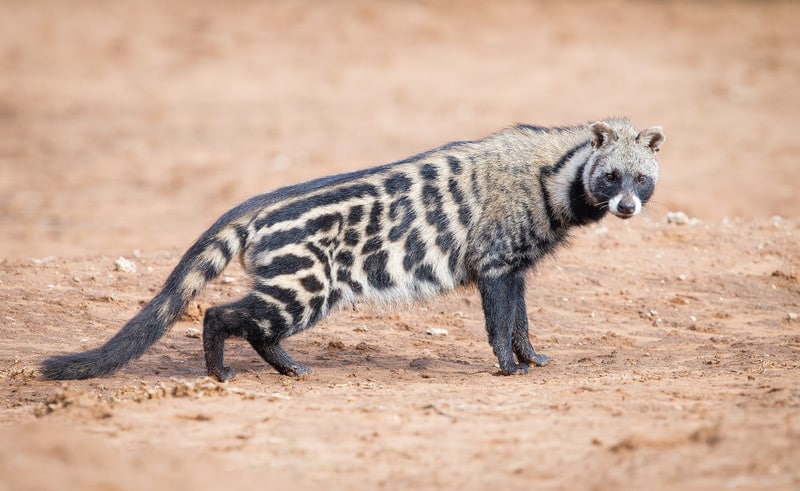
African civet cats are significantly larger than Asian palm civet cats, and the coffee beans they poop out are not nearly as tasty. 100% of Pure’s kopi luwak comes from wild Asian palm civet cats in Java, Indonesia.
African Civet Cats
There are also wild civet cats in Africa, which are much larger than the Asian palm civet cats—15-44 lbs and 2-3 feet in length. These African civet cats also produce civet coffee, though experts and non-experts alike agree that, because of this coffee’s high acidity, it’s nowhere nearly as tasty as kopi luwak. Instead, African civet cats have been historically excellent at producing something else: musk.
The Civet Musk
If you know much about perfumes and colognes, odds are that you also know one of their main ingredients is “musk.” However, what most people don’t know is that that musky smell comes from a paste secreted by the perineal glands of the civet cat. The paste, itself also called civet, is light yellow and smells, in the words of perfumer Mandy Aftel, “fecal and nauseating, but when diluted it has a radiant, velvety, floral scent. It gives great effects in perfumes, smoothing out rough patches, adding a sense of shimmer, diffusion, and warmth.” Civet was a staple in legendary perfumes like Chanel No. 5 and Shalimar for its weighty, long-lasting scent, though it still appears in more recent blends like Musc Ravageur. The musk is normally collected in Ethiopia and shipped to the United States and Europe in the dried horns of zebu cattle.
In the past, civet was also used to treat scabies, a skin infection affecting millions of people each year. Chemists have tried developing synthetic versions—they call them civetone—but they haven’t yet mastered the scent’s complexity and depth. Both the male and female civet cats produce civet at a rate of about one pound every four years.
Now that you know all about palm civet cats, why not take a closer look at kopi luwak? It’s a low acid coffee packed with health benefits to give your day the boost it deserves.

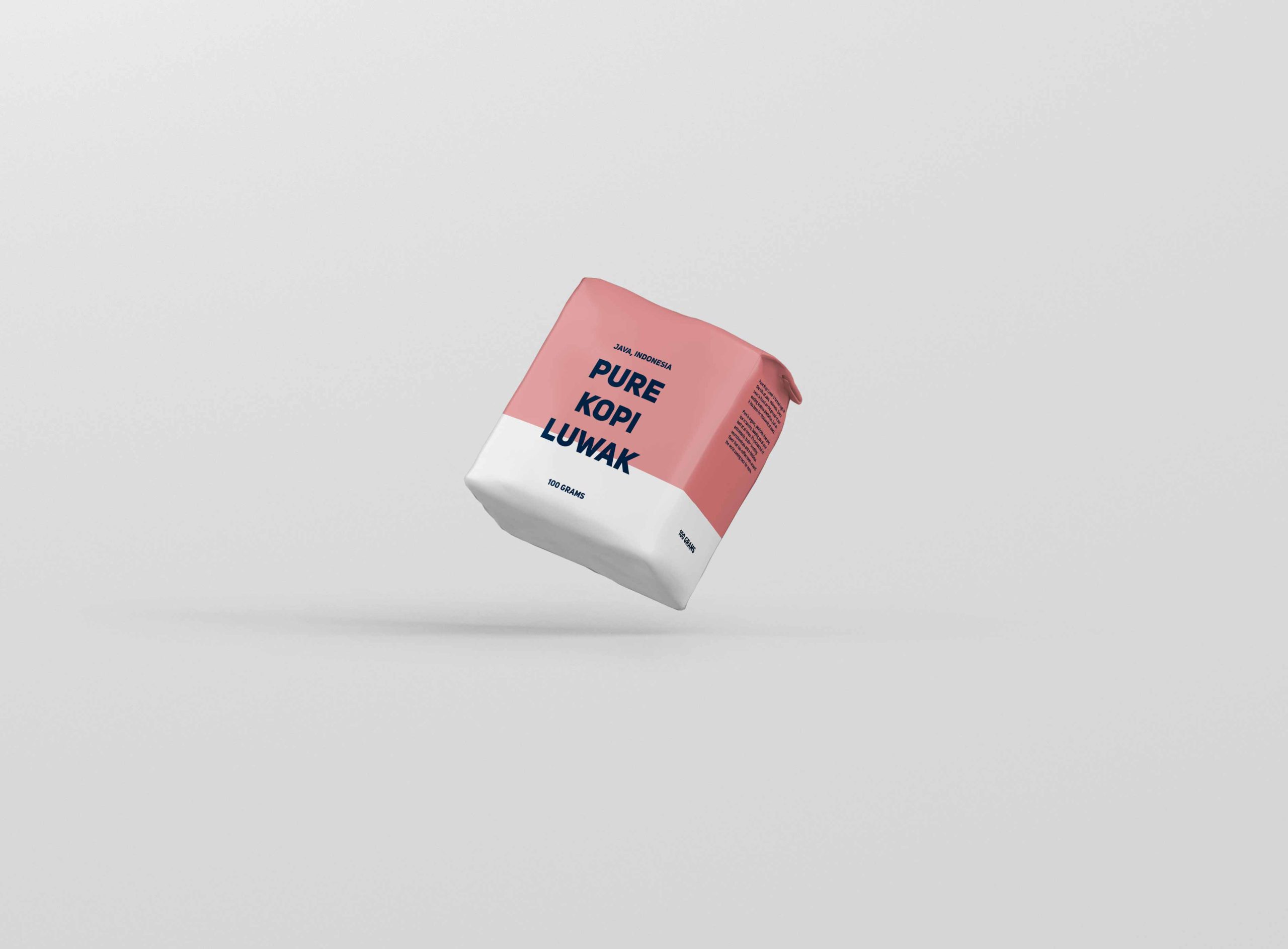
lily
They are the cutest thang in the world (Other then Tigers)!!!!
gacy
ya they are to cute
Sali
Many many years ago I had some civet oil. It smelled divine. I didn’t know how or where it came from. Wish I could get more!